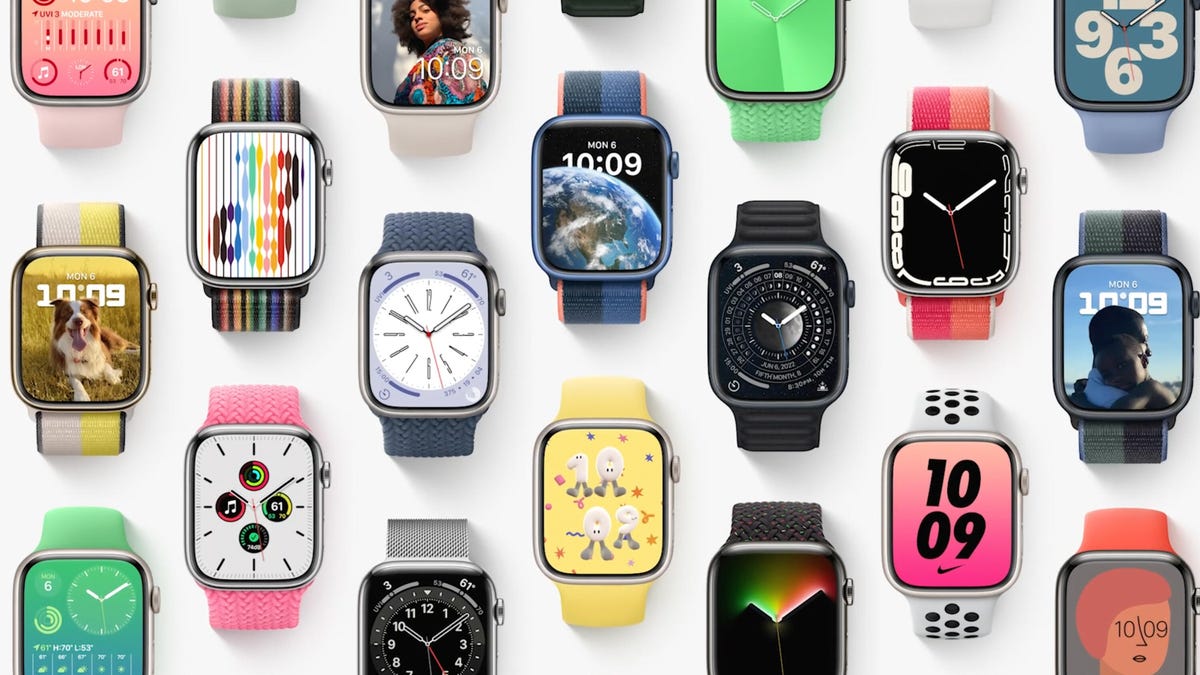Your Apple Watch Band Is Filthy, Study Says. How to Clean It Now
Don't wait. Sanitize your germ-ridden wristband.

If you wear a smartwatch or fitness tracker, it's probably time to sanitize your wristband.
If you wear a smartwatch or fitness tracker daily, do you regularly sanitize the band? If not, this will convince you: A scientific study published in May examined 20 different smart wristbands and found 95% were contaminated with harmful bacteria that can cause infections.
The paper detailed how researchers tested smartwatch and fitness tracker bands worn by 20 random, anonymous people. The bands were rubber, plastic, cloth, metal and leather. As the paper pointed out, we wear our watches and fitness trackers while working out, swimming, holding pets, eating, using the bathroom, showering and sleeping, and yet we don't often sanitize them.
Of the 20 watch bands, researchers found that 85% had Staphylococcus aureus (Staph aureus), 60% had Escherichia coli (E. coli) and 30% had Pseudomonas aeruginosa (P. aeruginosa) bacteria present. Rubber and plastic bands had the highest rates of harmful bacteria on them, while metallic gold and silver bands had the lowest, as published earlier by 9to5Mac.
The researchers concluded that "wristbands, often worn daily without routine cleaning, may accumulate potentially pathogenic bacteria." They labeled the issue as being "of public health significance," adding that infections could be avoided if we sanitized our watch bands more often (or at all).
Luckily for us, they also researched how to clean the bacteria off.
How to sanitize your smartwatch band
Here's how to clean your germ-ridden fitness tracker and smartwatch wristbands:
- Take your watch off your wrist.
- Grab either Lysol Disinfectant Spray or a 70% ethanol cleaner, like those little alcohol wipes. The researchers also tested apple cider vinegar but found it wasn't effective on Staph aureus, even after 5 minutes of cleaning.
- Wipe your watch band. Then keep wiping. Lysol and 70% alcohol killed 99.99% of E. coli, Staph aureus and P. aeruginosa after 30 seconds of contact.
- If you've got a plastic wristband, keep wiping for 2 minutes. The researchers found that 30 seconds of exposure to Lysol or 70% ethanol wasn't enough to kill harmful bacteria on plastic bands.
How often do you need to do this? The paper didn't specify, beyond saying the cleaning should be "regular."
Or you could just switch to a metal band, in particular one made of gold. And do not wear a plastic one if you're germ conscious.

